The post How to Use Multi-flash to Capture Compelling Action Photos appeared first on Digital Photography School. It was authored by Rick Ohnsman.
Have you ever been to a disco, performance, or another place where they used a strobe light? If so, you saw the interesting effect the rapid flashing creates. Smooth movement gets broken into a series of frozen-stepped motion, not unlike the frames of an old-time movie. Now, what if you could do that with your still camera? Create a series of images all within one frame? If you have a portable flash or studio strobe capable of generating the stroboscopic effect, there’s a good chance you can do this. You can create images that are a great way of analyzing and showing motion. This article will show you how.

How many times did the flash fire during this sequence? Count the number of steps.
Different flash manufacturers may use different names for this capability.
Canon, GoDox, and Yongnuo call it the Multi-Mode, while Nikon calls it the Repeating Flash Function. Whatever you call it, it’s the capability to have multiple, rapid-fire flashes during one camera exposure.
The best way to see if your flash is capable of this effect is to read your flash manual. If it has the capability, a photo illustration will often accompany it, showing the kind of images possible.
If your flash unit supports it, there will be three constants you can control regardless of the make or model of your flash unit. They are:
1. Power output
This controls the intensity of the light output. Typically, output runs from 1/1 – (Full power), down in fractions of that, often like 1/2, 1/4, 1/8, 1/16, 1/32, 1/64, 1/128. The smaller the fraction, the less intense the flash output.
There are two other things to remember about the flash output:
- The higher the output, the more battery power used and the longer it will take to recycle the flash before its ready for another burst.
- The duration of the flash is shorter as the output power gets lower. As a result, lower power/shorter durations have more “stopping power” when it comes to freezing motion.
The chart below shows approximate flash durations for various power settings on a Canon 580EX Speedlight.
| Flash Output Setting |
Flash Duration |
| 1/1 |
1/250 of a second |
| 1/2 |
1/919 of a second |
| 1/4 |
1/2,066 of a second |
| 1/8 |
1/3,759 of a second |
| 1/16 |
1/6,024 of a second |
| 1/32 |
1/9,470 of a second |
| 1/64 |
1/14,000 of a second |
| 1/128 |
1/20,000 of a second |
2. Number of flashes
This one is easy and is exactly what it says – the number of times the flash will fire during the exposure.
Set it for however many times you want the flash to fire in your image. That’s how many “steps” of the moving object you will see.
3. Frequency
This one can sometimes throw the new user as it uses a term not always familiar to everyone – Hertz. In very simple terms, hertz refers to the number of cycles in one second. So, 1Hz = 1 flash per second, 10 Hz = 10 flashes per second, etc.
.jpg?resize=1805%2C1378&ssl=1)
The three settings you can control are – Power Output, Number of Flashes, Frequency (Flashes per second or Hertz). This is a Canon 550EX Flash.
The Formula
Here’s how you put it all together.
Figure out how much power output you need and set that. Your distance from the flash to the subject will help you determine that. So will how fast and how many flashes you expect to fire and how much “freezing action” you need.
Then think about the speed of the action you intend to capture and its duration. Finally, determine how many steps you want to see freezing the action.
The formula looks like this:
# Flashes/Hz = Shutter Speed
Let’s use an example. You want to take a strobed shot of a hammer swinging down and striking a nail. You can put the flash close to the action and so 1/32 power might be enough. If you use a slow swing, you can complete the action in one second. You’d like 6 steps of action in the shot.
Plug those numbers into the formula:
6 Flashes/6 Hz (6 flashes-per-second) = 1 Second
Now say you want to capture something faster like a club hitting a golf ball off a tee. You can still get the flash close enough to use 1/32 power. You want 15 steps in your sequence and guess the action will take just 1/30th of a second to complete.
Here’s how the formula looks for that:
15 Flashes/199Hz = ~1/15th Second
The formula is right, but perhaps the Speedlight you’re using, (in my case a Canon 550EX), is only capable of 199Hz maximum. Even at that, the shutter speed would have to be about 1/15th of a second, not the 1/30th you wanted. Could you live with just 8 steps in your shot?
8 Flashes/150Hz = ~1/20th Second.
Closer. If you slow down your swing, it just might work.
You will find that at the higher hertz rates the flash strobes so fast that it seems like just one burst. However, when you check your shot, a fast-moving subject done with a high flash-per-second (hertz) rate should show the individual steps.

A bright object on a dark background will help a lot when using this technique.
Adjusting Exposure
You’ve used the formula to determine what numbers you want to enter into the flash, and that’s determined your minimum shutter speed. Here, however, the flash is firing within the scope of the shutter duration, and shutter speed isn’t really a factor in setting exposure.
Here’s what is:
Ambient light
You want the flash doing the work here. Also, you will typically be shooting at longer shutter speeds to capture the duration of the action.
Ambient light is not your friend here as it will begin to force settings you may not want. You will also want to eliminate distractions in the shot as the steps of the object in motion will create a busy enough image already. Your best bet is to work in a darkened room and use a black or very dark background.
Do your setup with a work light on and then before making the shot, switch it off, so the flash is the only source of illumination.
That leaves a few things you can do to adjust exposure:
ISO
ISO adjustment can be helpful here as it allows you to have the aperture and shutter speed where you want them and adjust this third leg of the exposure triangle to get the exposure where you need it. As always, to limit noise try to keep ISO as low as possible, but also remember modern cameras have become far less noisy in recent times. Know what your camera can do and at what point you will get too much noise.
Aperture
You will want to adjust your aperture as much as anything by the depth of field you need for your particular shot. Also, keep in mind that most lens “sweet spots” where they perform best are between f/8 and f/16 so try to be in that range if you can. After that, adjust your aperture for exposure if you need to. However, use ISO first and this next setting next:
Flash Power
Remember, this is one of the settings you enter into the flash. The flash output will very much control your exposure. The best rule of thumb here is to only use as much as you need.
We spoke earlier about these, but to recap, these are the advantages of lower flash power settings:
- Uses fewer battery resources – (If you have an external power source for your flash, use it. Stroboscopic flash work drains batteries fast.)
- Flash will recycle faster
- Lower power = shorter flash duration = more “motion-stopping capability”
Increase the flash output if you need to, but also consider an ISO increase.
You may also find the flash will limit what you can input, especially with higher power settings. To allow sufficient time to recycle between flashes, and also to prevent the flash from overheating, it may not allow many flashes or a higher hertz setting at higher power settings.
For example, my Canon 550EX can shoot 70 continuous flashes at 10Hz if the power is turned down to 1/128 power. However, it can only shoot 2 consecutive flashes at that same 10Hz rate if the flash power is turned up to 1/4 power.
The Multi-Mode on this Canon flash will not work at all if the flash power is set at anything higher than 1/4 power. Full or 1/2 power in Multi-Mode on the 500EX? No can do.
The flash manual has a chart showing how many sequential flashes are possible at various power and hertz settings. Also, the flash programming will not allow settings to be input that exceeds the flashes capabilities.
Canon also warns:
To prevent overheating and deterioration of the flash head, do not use stroboscopic flash for more than 10 frames in rapid succession. After 10 frames, allow the 550EX to cool for at least 10 minutes.
So, whether using a Canon Speedlight or another make/model, know that stroboscopic flash works your unit hard and be aware of its limitations.
One more thing
Here’s one more thing to think about when inputting the three parameters into the flash and calculating the shutter speed. When you click the shutter, the flash will immediately begin it’s strobed sequence.
If you input, say, 1/32 power, 6 flashes at 6hz, per the formula, it will take 1 second for the flash to complete the programmed cycle. However, there’s no reason that the shutter speed couldn’t be longer, especially since in low ambient light conditions little if any additional light will add to the exposure once the flash cycle completes.
So to amend the formula just slightly:
# Flashes/Hz = Minimum Shutter Speed
With no additional flashes after the sequence completes, further action is not likely to be seen in the shot. So, overestimating the shutter speed is usually not a problem. Underestimating the shutter speed, however, won’t allow the flash sequence to complete before the shutter closes.

These are the settings for the golf club shots below. Count the steps in the photo and you’ll see it corresponds to the setting here – 12 flashes. At 80hz, the flash was firing 80-times-per second or another way to put it, every 1/80th of a second.
Determining the exposure
We’ve covered how to determine shutter speed, but how about aperture, ISO and flash output power? There’s a couple of ways to approach this:
- Use an external light meter. Fire the flash and take a reading as you normally would with an external meter. Use that to determine your camera setting at the predetermined shutter speed. Adjust ISO, aperture, and/or flash output power to get proper exposure. If you are familiar with using an external flash meter, you will know how to do this. But maybe you don’t have an external light meter. If not you could try…
- Looking up the Guide Number of your flash, determine the distance to your subject and, using the formulas in your flash manual, calculate your settings. Uh, yeah, that can work. But if math is not your forte, you could always try Option Three…
- The “Trial and Error Chimping Method.” Okay, that’s my name for it. But it simply involves starting at say an ISO of 100, an f/stop of about f/8, and flash output power of 1/32nd power. Set the number of flashes and Frequency (Hertz) where you think best. Shoot, “chimp” the shot, (that means take a look at the LCD playback), and if the image is too dark, increase the flash power or open the aperture. Test, chimp, and repeat as needed until you get it dialed in. Digital film is cheap, and once you figure out your settings, unless you change the flash-to-subject distance, you should be set for the session.
Other considerations
Colors/brightness of objects
You will very quickly find that because each step of the sequence in a shot only gets a portion of the total light during the entire exposure, darker objects in motion may not show up well during the exposure. Also, because static objects in the shot will get the full sum of the light, they will be brighter.
You can learn from your mistakes, but why not learn from mine instead?

A patterned background too close to the subject and a golf club with a black shaft and head made this less than it could have been.
In the shot above, I used a dark, patterned photographers popup background. I should have used a solid black background. Also, the background was too close to the subject. Finally, the golf club used had a dark head and shaft, and so while the white ball, golf tee, and reflective chrome parts of the club showed up reasonably well, other parts of the club disappeared. Finally, the patterned background got too much light such that the pattern interfered with the shot.
Here’s the lesson you can learn:
- Use a black, plain background and place it as far from the subject as you can such that little if any light illuminates it.
- Pick bright objects to use so that even while in motion, they reflect the light as much as possible so the steps in your sequence show up well.
Above, the bright orange color of the bell pepper and a dark black background worked much better.
A re-do of the golf shot incorporating those principals resulted in a much better shot.

Adding some reflective tape to the shaft of the golf club helped it show up better.
Remote trigger
Unless you have an assistant (or maybe three hands), trying to control the camera, perform whatever action you’re trying to capture, and then get the timing right is perhaps not impossible, but adds an additional degree of difficulty. A remote trigger allowing you to fire the camera as you start the action sequence can be a huge help. If you are mounting your flash off-camera, a means of triggering the flash will also be necessary. Use either a wired connection, wireless radio trigger, or infrared camera/flash system.
Another level of sophistication, if you want to add it, would be a flash trigger, perhaps activated by sound, breaking a laser beam or other activation method.
I have used the MIOPS Smart Trigger on other photo projects with success. A real advantage it adds is precision and repeatability of a shot – something that you will otherwise leave up to luck and timing.
In a dark environment, use bulb mode. Open the shutter, and when the action activates the flash trigger, (i.e., breaking the laser beam or creating a sound) the flash fires its strobe sequence.
Good flash triggers aren’t cheap. However, if you do a lot of this kind of work, they significantly speed up the work and the permit repeatability of a shot saving a lot of time and effort.

Practice makes perfect
Like any photography, practice will improve your results with stroboscopic flash work. You will better learn how the three flash settings; Flash Power, Number of Flashes, and Flashes-per-Second (Hertz) work together to craft a shot.
You will also learn what kinds of action sequences make good shots and how to tune your composition, camera settings, and finally edit your photo for the best results. You will also find that making lots of shots, checking your work, fine-tuning and repeating is key to getting that one really great keeper.
I hope you will take the time to try and learn this new flash trick and then share your results in the comments. If you have questions or other comments, please share those too.
I’m excited to hear how it went and see some of your images. Best wishes!
You may also find the following helpful:
- Special Effect – How to Create Multiple Flash Exposures in a Single Frame
- How to do Multiple Exposures In-Camera
- How to do Creative Water Splash Photography with Off-Camera Flash
- Making the Shot: Your Guide to Creating Stunning High-Speed Splash Photos Without Flash

The post How to Use Multi-flash to Capture Compelling Action Photos appeared first on Digital Photography School. It was authored by Rick Ohnsman.

Digital Photography School










.jpg?resize=1805%2C1378&ssl=1)








































































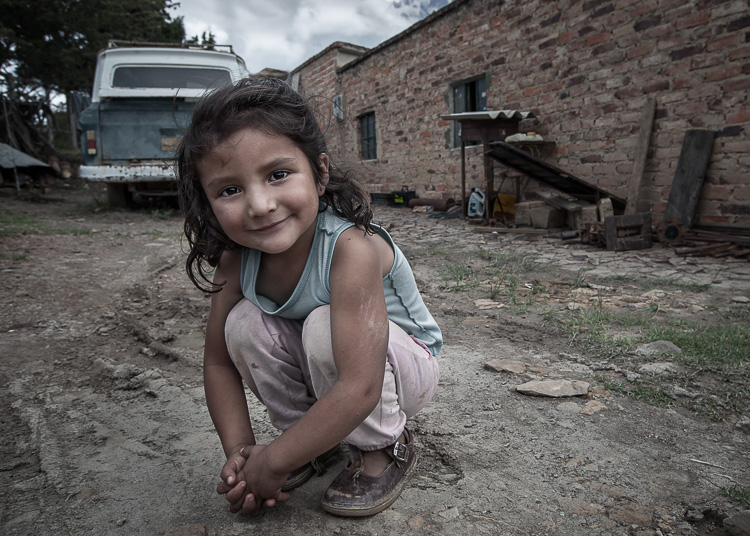
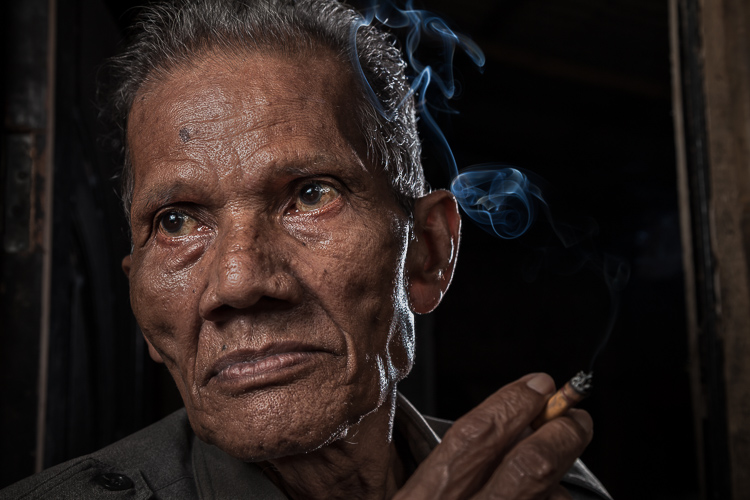

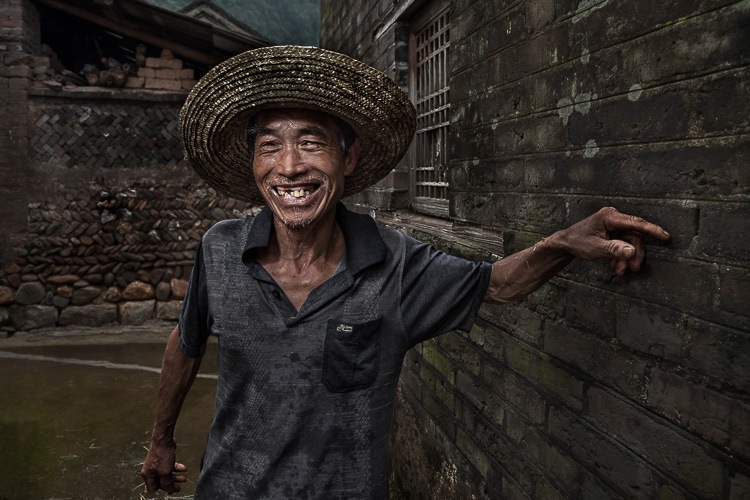
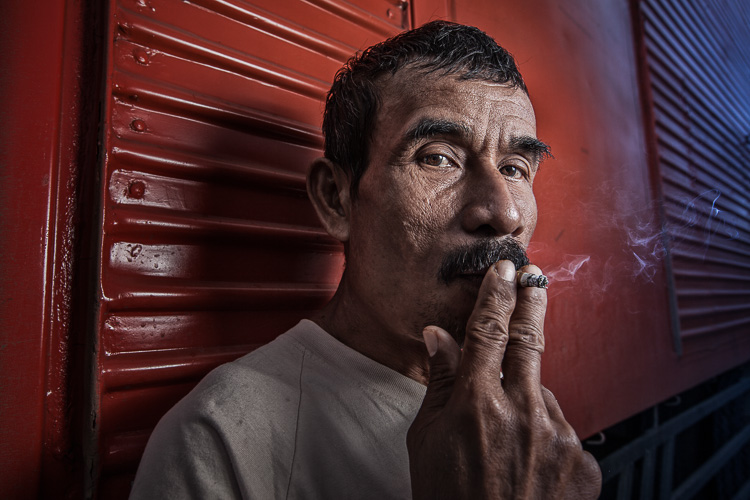
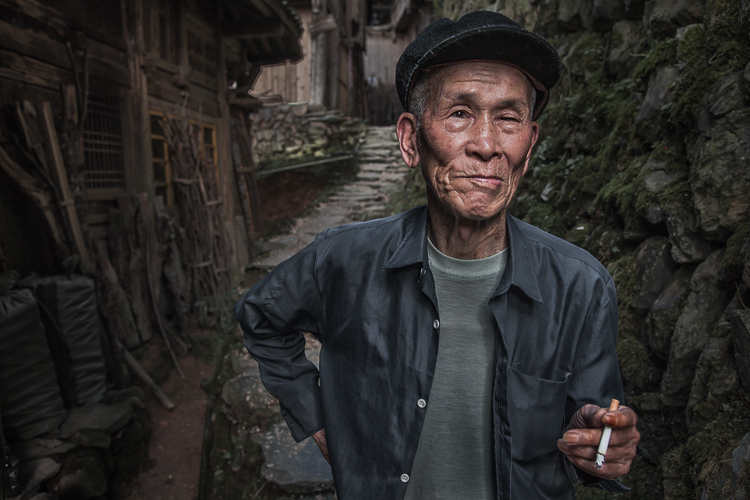

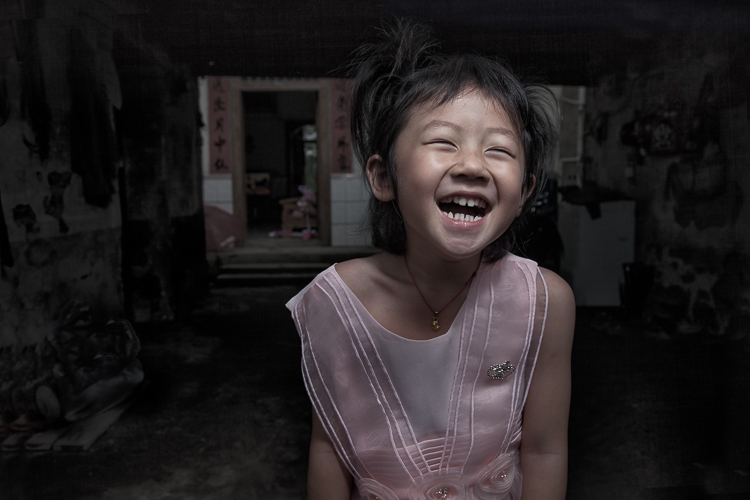
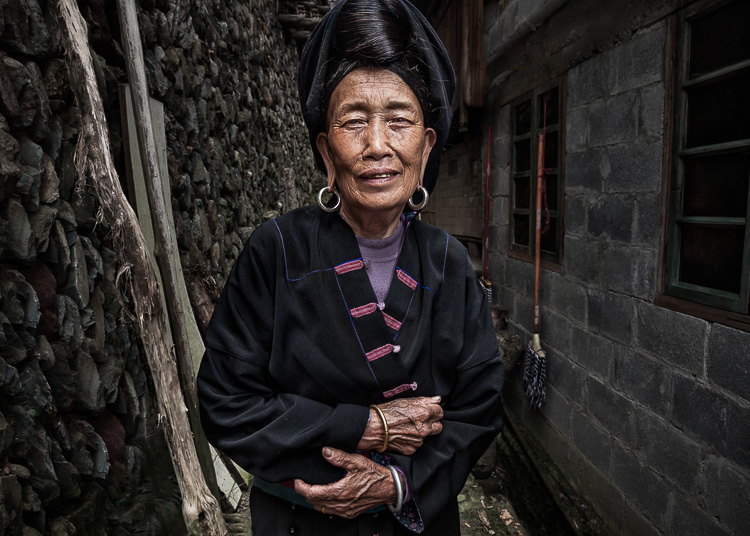
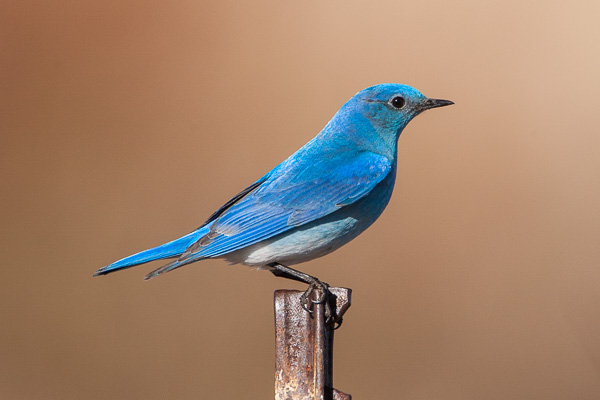

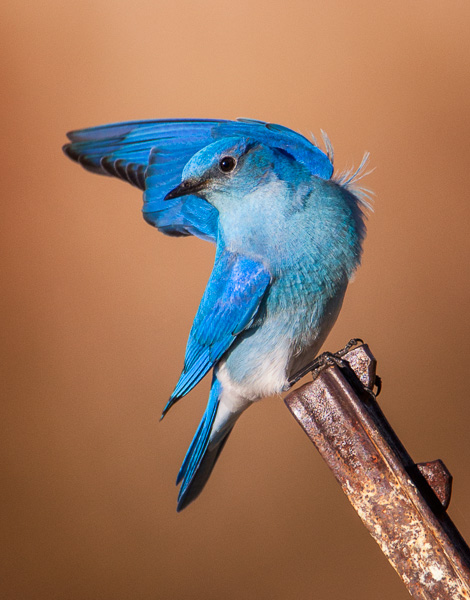
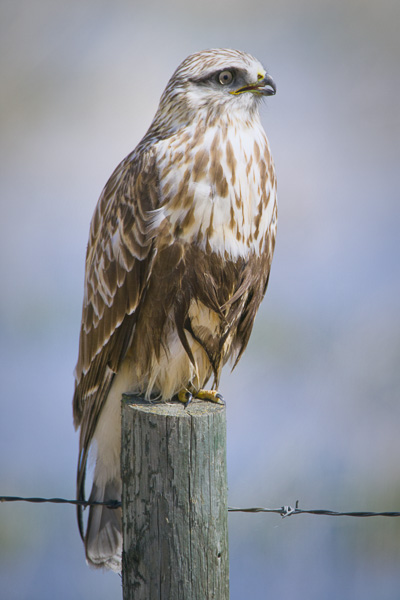
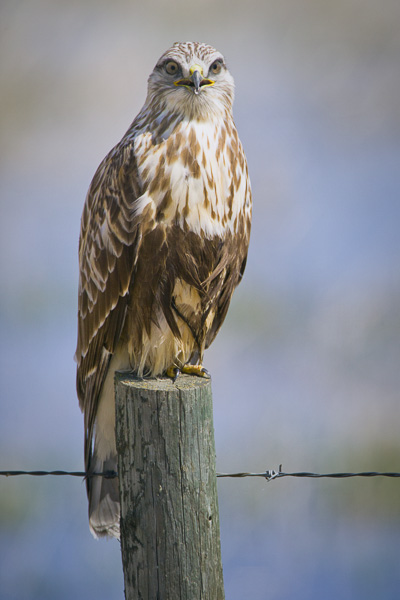



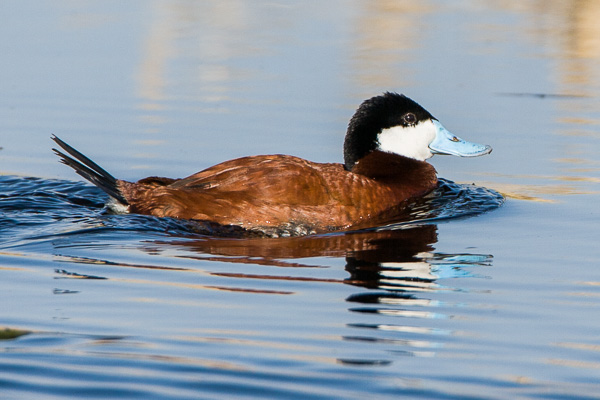
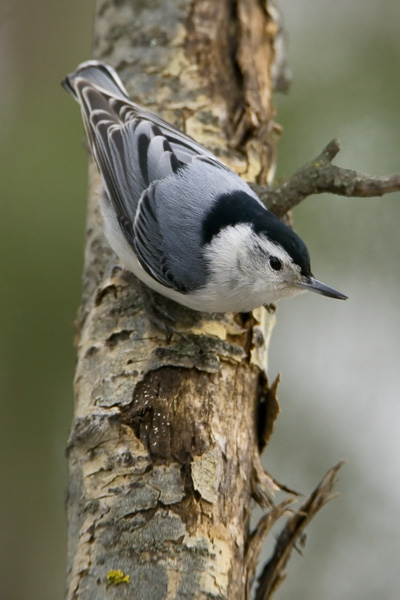

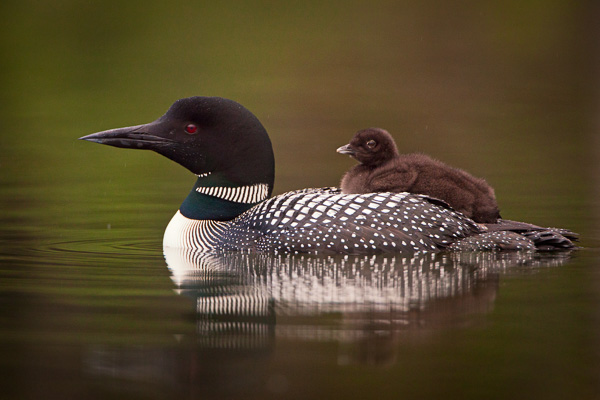
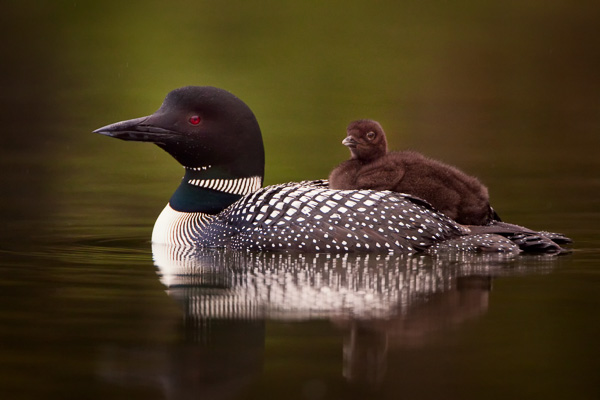
You must be logged in to post a comment.